Accepted Scientific Name: Bursera hindsiana (Benth.) Engl.
Monogr. Phan. [ A.DC. & C.DC.] 4: 58. 1883 [Mar 1883] A.DC. & C.DC.
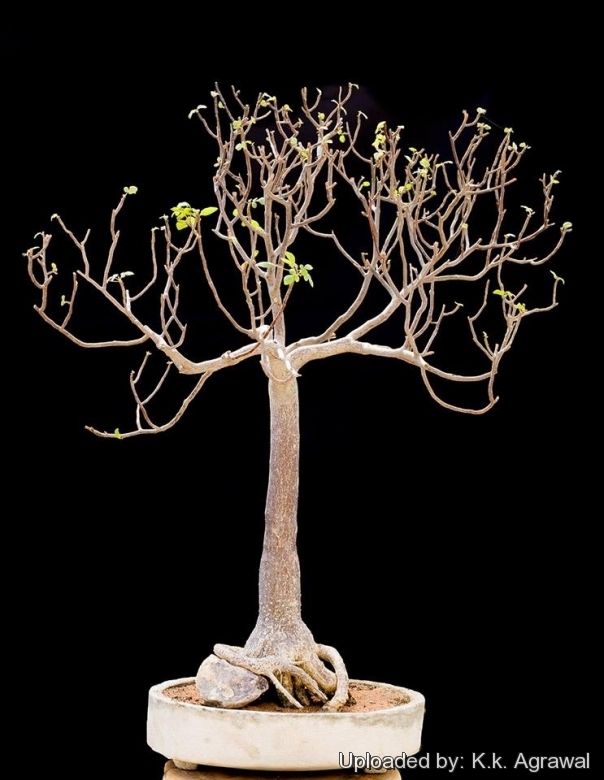
Elaphrium hindsianum (Bursera hindsiana) Photo by: K.k. Agrawal
Origin and Habitat: Bursera hindsianaSN|28102]]SN|28102]] ranges from near the head of the Gulf to the Cape Region in S Baja California, including Tiburón Island and coastal Sonora, Mexico
Altitude range: near sea level to 300 metres above sea level.
Habitat and ecology: Bursera hindsianaSN|28102]]SN|28102]] is found singly or in scattered, small groups in very arid, hot, maritime climates on slopes, bajadas, cliff faces of canyons and steep rocky desert hillsides. Attains its best development along sandy washes draining coastal mountain ranges.
Synonyms:
See all synonyms of Bursera hindsiana
back
Accepted name in llifle Database:Bursera hindsiana (Benth.) Engl.Monogr. Phan. [ A.DC. & C.DC.] 4: 58. 1883 [Mar 1883]Synonymy: 9
back
Common Names include:
ENGLISH: Copal, Red Elephant Tree, Torchwood, Red Torchwood
SERI (Cmiique iitom): Xoop inl
SPANISH (Español): Copal, Copalquín, Torote Prieto
Description: The Red Elephant Tree (Bursera hindsiana) is a grotesque, spreading, pachycaul shrub 2-3.5 metres tall, eventually becoming a small tree to 5 m tall, deciduous with smooth reddish twigs and light reddish-grey multi-trunk especially visible during deciduous drought periods. In cultivation the seedlings quickly develop a swollen stem (caudex) above the soil line which is always an impressive sight. Great plant for bonsai. All parts of Bursera hindsiana ooze a resinous aromatic gum when damaged or cut. This resin, commonly known as copal incense, is occasionally used in perfumes, incense, and oils. The copal incense can be burned on a incense burning disk, its smell is said to calm and clear the mind.
Stem (caudex): This species develops one or multiple swollen short, trunk(s), the bark is very attractive, young bark dark red-brown, old bark grey-red, smooth, not peeling. Twig are widespreading, and reddish brown. Young branches pubescent, soon becoming glabrous.
Leaves: Aromatic when crushed, alternate, arising from short spur branches, drought deciduous and produced at various seasons depending on soil moisture, highly variable, simple or with 3(-5) leaflets, up to 45(-50) mm long. Leaflets ovate, obovate to broadly lanceolate, 8-35 mm long, 6-25 mm broad, velvety pubescent on either side, with irregularly scalloped margins. Rachis often winged.
Flowers: Small inconspicuous (2-3 mm long) white on slender stalks 1-5 (8) cm long.
Blooming season: Autumn ( from August to December in habitat)
Fruits: Oval-shaped, red and green, 9 to12 mm long, resembling a miniature apple and splitting into 3 pieces at maturity.
Seeds: Black, 7-8 mm long, two-thirds covered with a fleshy orange aril. Fully formed seeds are produced 3-4 weeks after flowering.
Related species: Bursera epinnata and Bursera cerasifolia are probably nothing more than slight local variants. Bursera hindsiana is also closely related to Bursera stenophylla and in the same clade as Bursera penicillata; these three species are, however, morphologically quite distinctive.
Bibliography: Major references and further lectures
1) Francis Wilson Research Director Drylands Institute, AZ “The Trees of Sonora, Mexico” Oxford University Press, 31/Mar/2001
2) Urs Eggli “Illustrated Handbook of Succulent Plants: Dicotyledons” Springer Science & Business Media, 2002
3) Tucson Richard Stephen Felger Executive Director Drylands Institute, AZ, University of Arizona Matthew Brian Johnson Program Manager and Curator Desert Legume Program, Tucson Michael Francis Wilson Research Director Drylands Institute, AZ “The Trees of Sonora, Mexico” Oxford University Press, 31/Mar/2001
4) Forrest Shreve, Ira Loren Wiggins “Vegetation and Flora of the Sonoran Desert” Volume 1 Stanford University Press, 1964
5) Raymond M. Turner, Janice Emily Bowers, Tony L. Burgess “Sonoran Desert Plants: An Ecological Atlas” University of Arizona Press, 2005
6) Umberto Quattrocchi “CRC World Dictionary of Medicinal and Poisonous Plants: Common Names, Scientific Names, Eponyms, Synonyms, and Etymology” (5 Volume Set) CRC Press, 03/May/2012
7) Richard S Felger, Benjamin Theodore Wilder, Humberto Romero-Morales “Plant Life of a Desert Archipelago: Flora of the Sonoran Islands in the Gulf of California” University of Arizona Press, 31/Jan/2013
8) Jeanette Coyle, Norman C. Roberts “A field guide to the common and interesting plants of Baja California” Natural History Pub. Co., 1975
9) CONABIO. “Catálogo taxonómico de especies de México.” 1. In Capital Nat. México. CONABIO, Mexico City. 2009
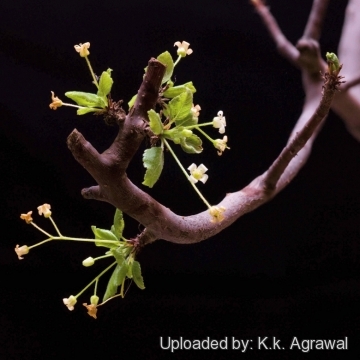 Elaphrium hindsianum (Bursera hindsiana) Photo by: K.k. Agrawal
Elaphrium hindsianum (Bursera hindsiana) Photo by: K.k. Agrawal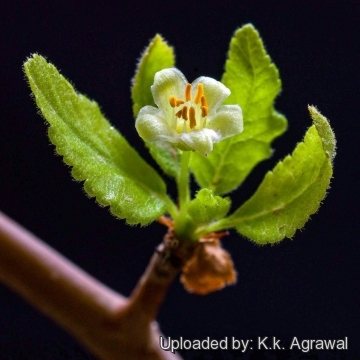 Elaphrium hindsianum (Bursera hindsiana) Photo by: K.k. Agrawal
Elaphrium hindsianum (Bursera hindsiana) Photo by: K.k. Agrawal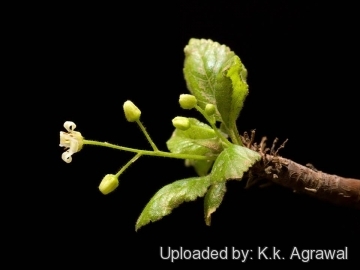 Elaphrium hindsianum (Bursera hindsiana) Photo by: K.k. Agrawal
Elaphrium hindsianum (Bursera hindsiana) Photo by: K.k. Agrawal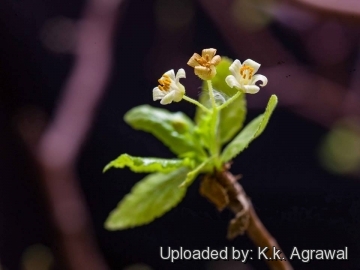 Elaphrium hindsianum (Bursera hindsiana) Photo by: K.k. Agrawal
Elaphrium hindsianum (Bursera hindsiana) Photo by: K.k. Agrawal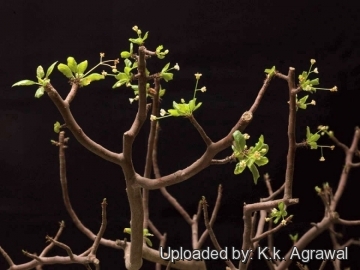 Elaphrium hindsianum (Bursera hindsiana) Photo by: K.k. Agrawal
Elaphrium hindsianum (Bursera hindsiana) Photo by: K.k. Agrawal Elaphrium hindsianum (Bursera hindsiana) Photo by: K.k. Agrawal
Elaphrium hindsianum (Bursera hindsiana) Photo by: K.k. Agrawal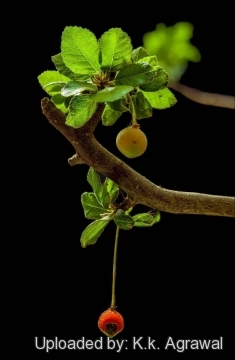 Elaphrium hindsianum (Bursera hindsiana) Photo by: K.k. Agrawal
Elaphrium hindsianum (Bursera hindsiana) Photo by: K.k. Agrawal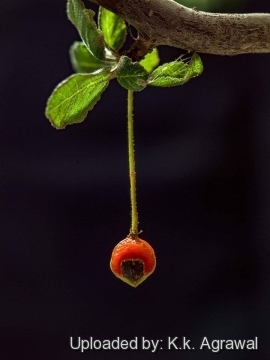 Elaphrium hindsianum (Bursera hindsiana) Photo by: K.k. Agrawal
Elaphrium hindsianum (Bursera hindsiana) Photo by: K.k. AgrawalCultivation and Propagation: Bursera hindsianaSN|10992]]SN|28102]] is a striking drought-resistant shrub or small tree fairly easy to grow both indoors, as well as outdoors. It has potential as a landscape subject in the cactus and succulent garden essentially frost-free areas. In the winters it is deciduous
Growth rate: Growth is more rapid than Bursera microphyllaSN|28407]]SN|28407]] and Bursera fagaroidesSN|28102]]SN|10992]] and the leaves are larger and does not have peeling bark.
Soil: Not picky about soil it do well in a draining cactus potting mix.
Hardiness: Hardy to -4°C they prefer a dormant, winter rest period, but for safe cultivation it is best to avoid temperatures below 5° C.
Exposure: It needs full sun.
Waterings: It needs regular water when the plant has leaves, contrary to popular belief, it likes a lot of water in the warm summers to encourage faster growth, as long as it's planted in a very well draining soil. Indoors it is best to err on the dry side, or it is prone to rot.
Bonsai culture: It can be trained as a bonsai, pinch and prune plants in spring and summer but taper off in autumn so the tree can store energy for the winter instead of using it to put on new growth before resting.
Traditional uses: The seeds have been used as a food source, but only in desperate times. The aromatic gum produced by the trunk is not of current commercial importance. The wood has been used by the Comcaac for carving various objects because of its relatively soft but firm character, and it does not split on drying. Tea made from chips of the wood together with desert lavender (Hyptis emoryi) was used as a remedy for asthma.
Garden uses: The red smooth bark and green velvety leaves make it an interesting plant, along with a fat trunk. The leaves are aromatic when crushed.
Propagation: By seeds or cuttings. Seed viability appears high regardless of season of collection. Seeds germinate germinate quite easily in 4-14 days in warm weather and seedlings develop rapidly. Cuttings made in summer may form roots and begin vegetative growth within eight weeks.



















